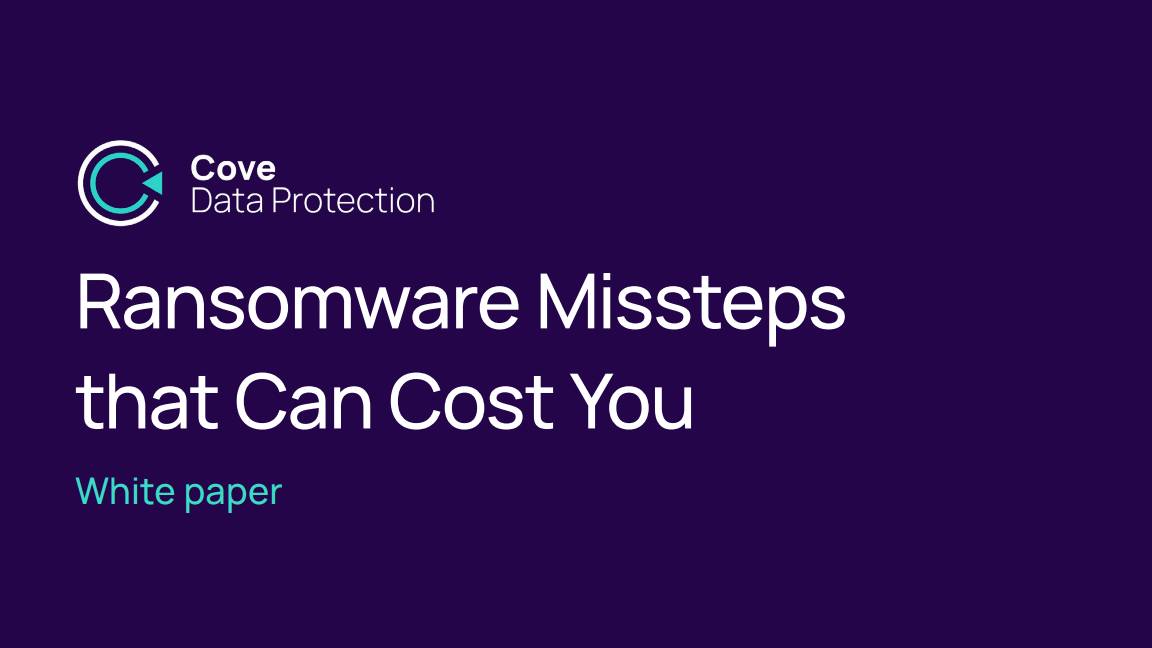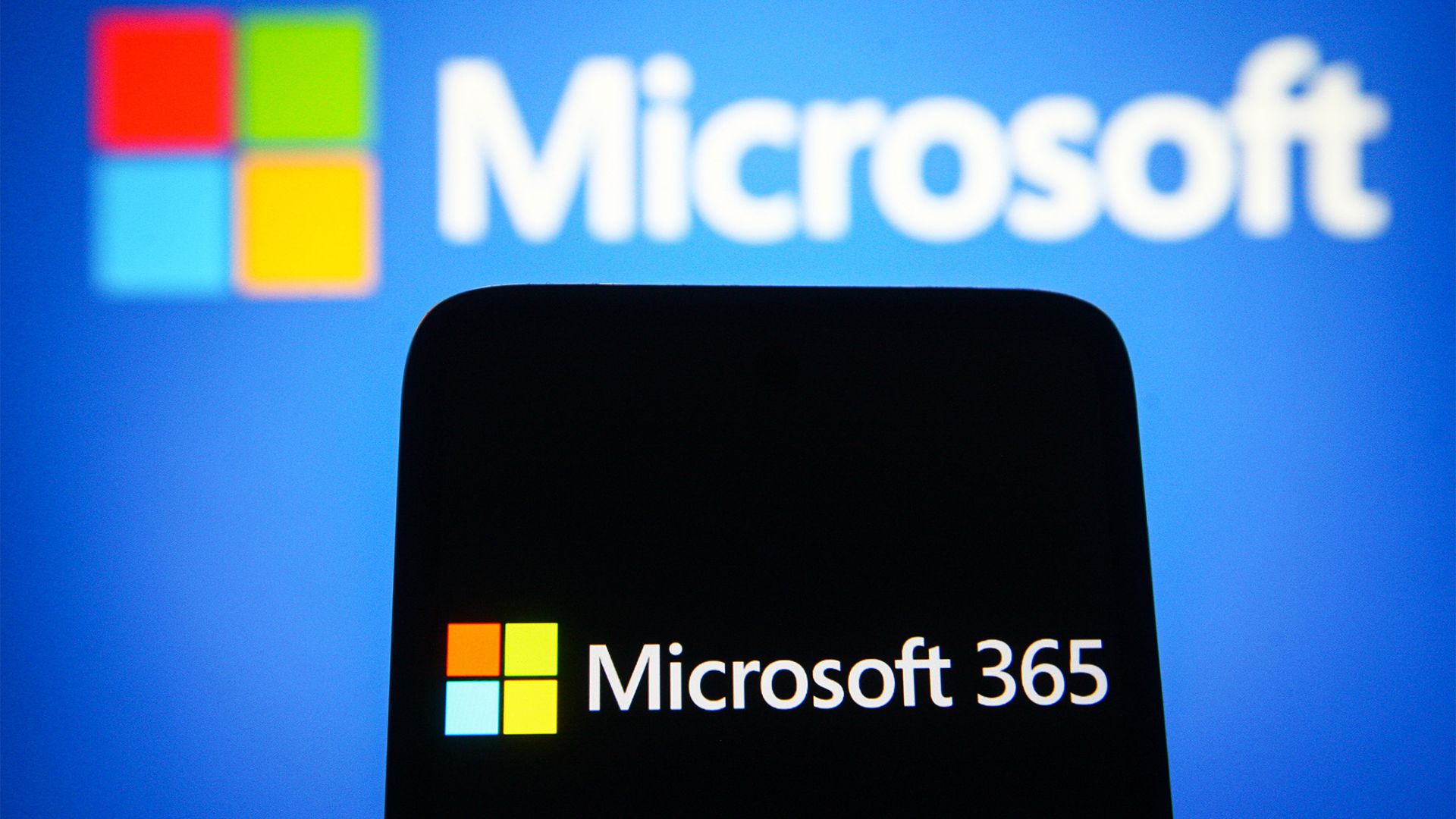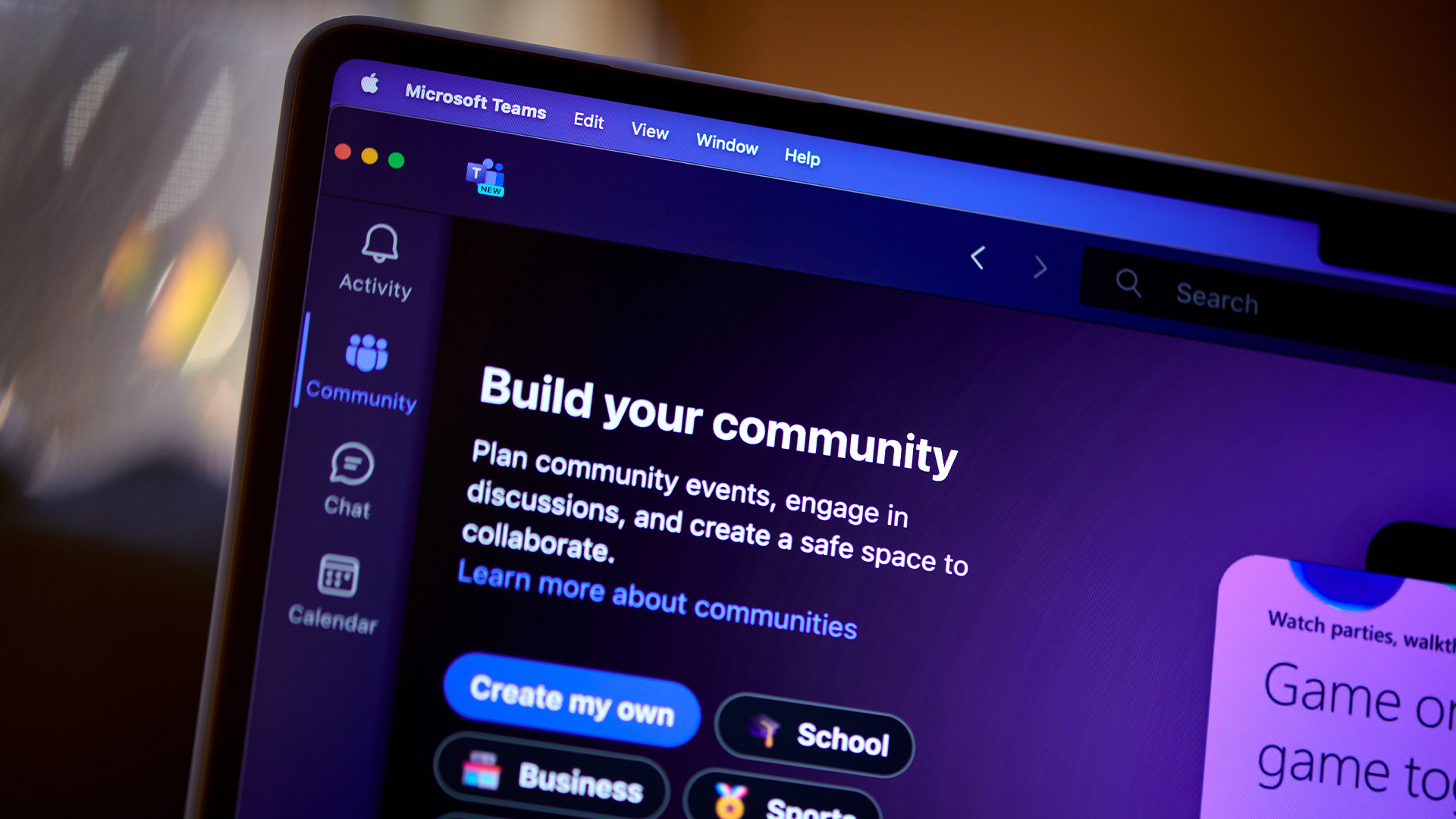So long, Defender VPN: Microsoft is scrapping the free-to-use privacy tool over low uptake
The Defender VPN service wasn’t popular, according to Microsoft


Defender VPN, Microsoft's free virtual private network, is set for the scrapheap – so you might want to think about alternative services.
As of 28 February, Microsoft will no longer support the free VPN service that had been included in its Defender security app since 2023.
When the move was announced at the beginning of the month, Microsoft said new installations and reinstallations would not feature the tool.
Microsoft suggested the removal of the "privacy protection feature" was because the tool wasn't very well used.
"We routinely evaluate the usage and effectiveness of our features," Microsoft said in a support post. "As such, we are removing the privacy protection feature and will invest in new areas that will better align to customer needs."
The move follows Google killing off its One VPN last year, also citing low demand.
Microsoft said it wasn't planning on ending any other Microsoft Defender features, with device protection, identity theft and, in the US, credit monitoring set to continue.
Get the ITPro daily newsletter
Sign up today and you will receive a free copy of our Future Focus 2025 report - the leading guidance on AI, cybersecurity and other IT challenges as per 700+ senior executives
Did Microsoft do enough to promote Defender VPN?
Some commenters online have suggested that the limited take-up was because no-one knew about the VPN — or because the service was seriously limited.
It wasn't available outside the UK or US, had a strict 50GB monthly data cap, excluded certain apps, and users couldn't choose the server location, meaning it didn't help with accessing geo-restricted content or dodging censors.
Instead it was pushed as a way to protect privacy when online, such as against man-in-the-middle attacks when using public Wi-Fi.
RELATED WHITEPAPER

Anyone who was using the limited VPN will need to find an alternative VPN, likely via a paid-for service, but any will come with a wider range of features that Defender's version lacked.
Microsoft will continue to offer a VPN in one instance, however, mainly for phishing protection on iPhones.
"Defender for iOS users, please note, web protection (anti-phishing) on iOS uses a VPN to help keep you safer from harmful links," the support document said.
"You will continue to see a VPN used for the purposes of web protection and this local (loop-back) VPN is different from the privacy protection feature."
RELATED WHITEPAPER

Anyone with the VPN on Windows, iOS, and MacOS won't have to take any action, but Android users will need to remove the tool from their VPN settings if they want it to stop being listed as an option.
"Not removing the Defender VPN profile on your Android device will not cause any impact to your device but it’s recommended to remove it as it won’t be used by Defender to provide protection," the support post noted.
What is the Defender app?
Microsoft included the privacy protection VPN for free in the Defender app that comes with Microsoft 365 Personal or Family subscriptions.
The Defender app is available across Windows, Android, iOS, and MacOS, and also features a web portal for managing phone and PC protection.
The app includes antivirus, alerts about malicious websites or suspicious activity, and more, though what's available differs by platform and region.
This is separate from Windows Security, a set of security tools built directly into Windows, that is formerly known as Windows Defender Security Centre.
MORE FROM ITPRO
Freelance journalist Nicole Kobie first started writing for ITPro in 2007, with bylines in New Scientist, Wired, PC Pro and many more.
Nicole the author of a book about the history of technology, The Long History of the Future.
-
 Asus ZenScreen Fold OLED MQ17QH review
Asus ZenScreen Fold OLED MQ17QH reviewReviews A stunning foldable 17.3in OLED display – but it's too expensive to be anything more than a thrilling tech demo
By Sasha Muller
-
 How the UK MoJ achieved secure networks for prisons and offices with Palo Alto Networks
How the UK MoJ achieved secure networks for prisons and offices with Palo Alto NetworksCase study Adopting zero trust is a necessity when your own users are trying to launch cyber attacks
By Rory Bathgate
-
 Hackers are targeting Ivanti VPN users again – here’s what you need to know
Hackers are targeting Ivanti VPN users again – here’s what you need to knowNews Ivanti has re-patched a security flaw in its Connect Secure VPN appliances that's been exploited by a China-linked espionage group since at least the middle of March.
By Emma Woollacott
-
 Hackers are on a huge Microsoft 365 password spraying spree – here’s what you need to know
Hackers are on a huge Microsoft 365 password spraying spree – here’s what you need to knowNews A botnet made up of 130,000 compromised devices has been conducting a huge password spraying campaign targeting Microsoft 365 accounts.
By Solomon Klappholz
-
 Everything you need to know about the Microsoft Power Pages vulnerability
Everything you need to know about the Microsoft Power Pages vulnerabilityNews A severe Microsoft Power Pages vulnerability has been fixed after cyber criminals were found to have been exploiting unpatched systems in the wild.
By Solomon Klappholz
-
 Microsoft is increasing payouts for its Copilot bug bounty program
Microsoft is increasing payouts for its Copilot bug bounty programNews Microsoft has expanded the bug bounty program for its Copilot lineup, boosting payouts and adding coverage of WhatsApp and Telegram tools.
By Nicole Kobie
-
 Hackers are using this new phishing technique to bypass MFA
Hackers are using this new phishing technique to bypass MFANews Microsoft has warned that a threat group known as Storm-2372 has altered its tactics using a specific ‘device code phishing’ technique to bypass MFA and steal access tokens.
By Solomon Klappholz
-
 Five Eyes cyber agencies issue guidance on edge device vulnerabilities
Five Eyes cyber agencies issue guidance on edge device vulnerabilitiesNews Cybersecurity agencies including the NCSC and CISA have issued fresh guidance on edge device security.
By Emma Woollacott
-
 A new phishing campaign is exploiting Microsoft’s legacy ADFS identity solution to steal credentials and bypass MFA
A new phishing campaign is exploiting Microsoft’s legacy ADFS identity solution to steal credentials and bypass MFANews Researchers at Abnormal Security have warned of a new phishing campaign targeting Microsoft's Active Directory Federation Services (ADFS) secure access system.
By Solomon Klappholz
-
 Hackers are using Microsoft Teams to conduct “email bombing” attacks
Hackers are using Microsoft Teams to conduct “email bombing” attacksNews Experts told ITPro that tactics like this are on the rise, and employees must be trained effectively
By George Fitzmaurice